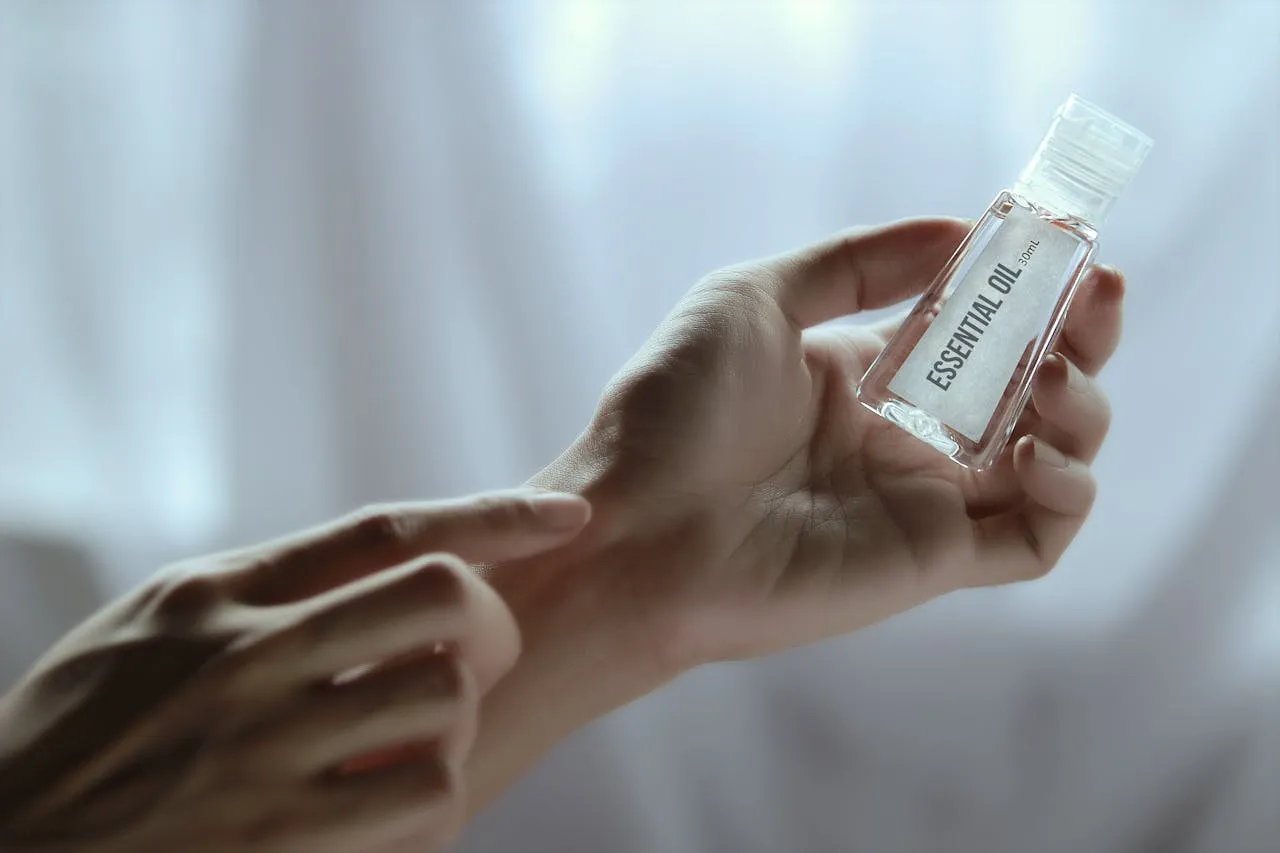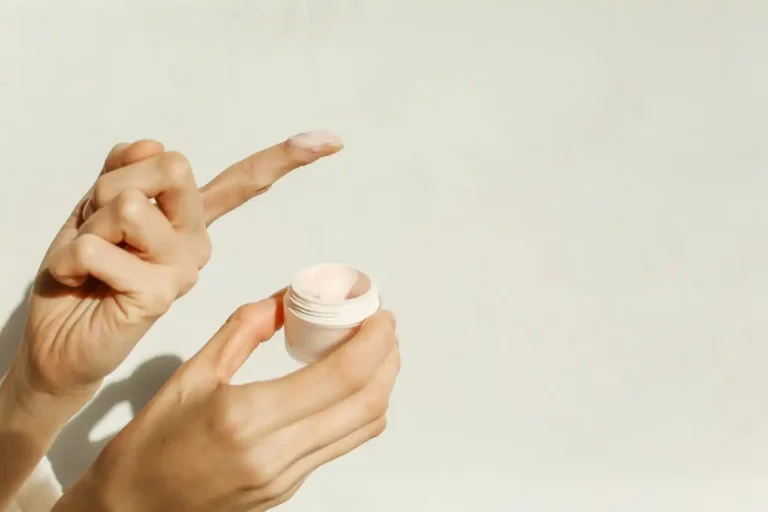Common Skincare Mistakes That Cause Breakouts
You’ve probably experienced the frustration of trying everything to clear your skin, only to wake up with new breakouts.
The truth is, some of your well-intentioned skincare habits might actually be sabotaging your complexion.
Let’s explore the most common mistakes that could be causing those stubborn pimples.
Over-Washing Your Face
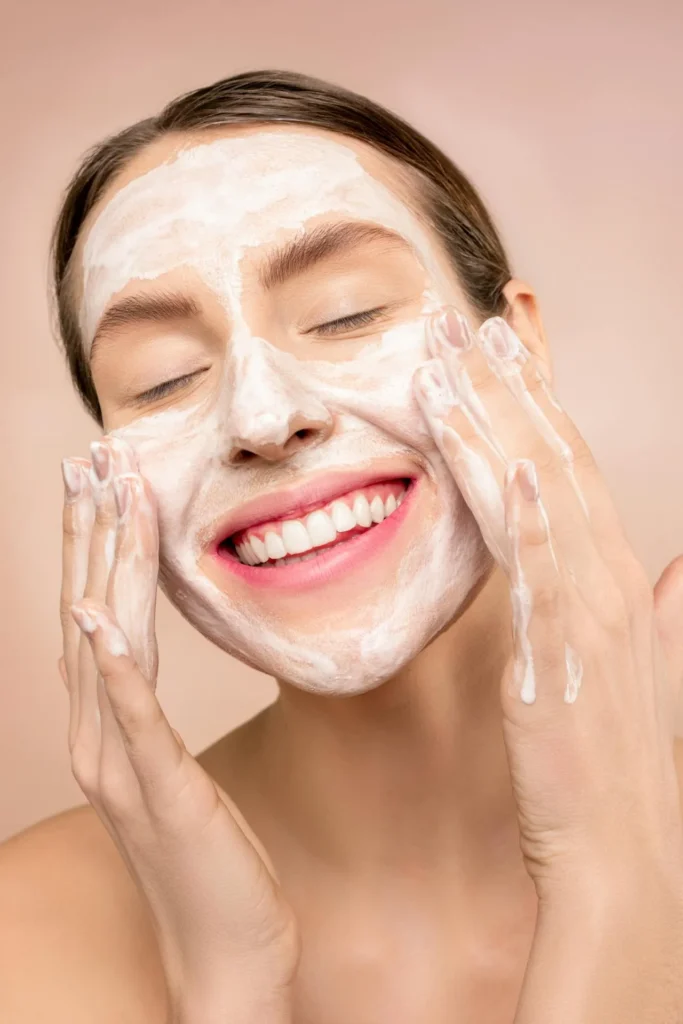
You might think washing your face multiple times a day will keep breakouts at bay, but this common mistake often backfires.
When you wash your face too frequently, you strip away your skin’s natural protective barrier.
This leaves your skin vulnerable and actually triggers your oil glands to produce even more sebum to compensate.
Your skin needs its natural oils to maintain balance and protect against environmental damage.
Over-washing disrupts this delicate equilibrium and can lead to irritation, dryness, and paradoxically, more oil production.
The result? Your skin becomes confused, producing excess oil that clogs pores and creates the perfect environment for acne-causing bacteria.
Most dermatologists recommend washing your face twice daily – once in the morning and once before bed.
If you work out or get particularly sweaty during the day, you can add one additional gentle cleanse.
However, resist the urge to scrub away every trace of oil, as this aggressive approach will only worsen your breakouts.
Choose a gentle, pH-balanced cleanser that removes dirt and excess oil without completely stripping your skin.
Look for ingredients like salicylic acid or benzoyl peroxide if you have acne-prone skin, but use them sparingly to avoid over-drying.
Using Too Many Products at Once
In your quest for clear skin, you might be tempted to use every acne-fighting product you can find.
This shotgun approach rarely works and often makes breakouts worse.
When you layer multiple active ingredients, you risk overwhelming your skin and causing irritation that manifests as more pimples.
Your skin can only absorb and process so many active ingredients at once. Product overload also makes it impossible to identify what’s actually helping your skin.
Combining products with retinoids, alpha hydroxy acids, benzoyl peroxide, and salicylic acid can create a chemical cocktail that damages your skin barrier.
This damage leads to inflammation, redness, and increased sensitivity that makes your skin more prone to breakouts.
When you use ten different products simultaneously, you can’t pinpoint which ingredients are beneficial and which might be causing problems.
This trial-and-error approach wastes time and money while potentially making your skin worse.
Start with a simple routine: cleanser, moisturizer, and sunscreen. Introduce new products one at a time, allowing at least two weeks between additions.
This methodical approach helps you identify what works for your skin and prevents overwhelming your complexion with too many active ingredients.
Neglecting to Remove Makeup Properly
Rushing through your evening routine and not thoroughly removing makeup creates the perfect storm for clogged pores.
When you leave traces of foundation, concealer, or powder on your skin overnight, these products mix with your natural oils and dead skin cells to form stubborn plugs in your pores.
Makeup remover wipes alone aren’t sufficient for complete cleansing. While convenient, these wipes often just move makeup around your face rather than completely removing it.
They also tend to leave behind residue that can irritate your skin and contribute to breakouts over time.
The most effective approach involves a two-step process called double cleansing.
Start with an oil-based cleanser or micellar water to break down makeup, sunscreen, and oil-based impurities.
Follow with your regular facial cleanser to remove any remaining traces and water-based impurities.
Pay special attention to areas where makeup tends to accumulate, such as around your hairline, nose, and jawline.
These spots are often overlooked during cleansing but are prime real estate for clogged pores.
Take your time with this process – rushing through makeup removal will almost certainly lead to breakouts.
Constantly Touching Your Face
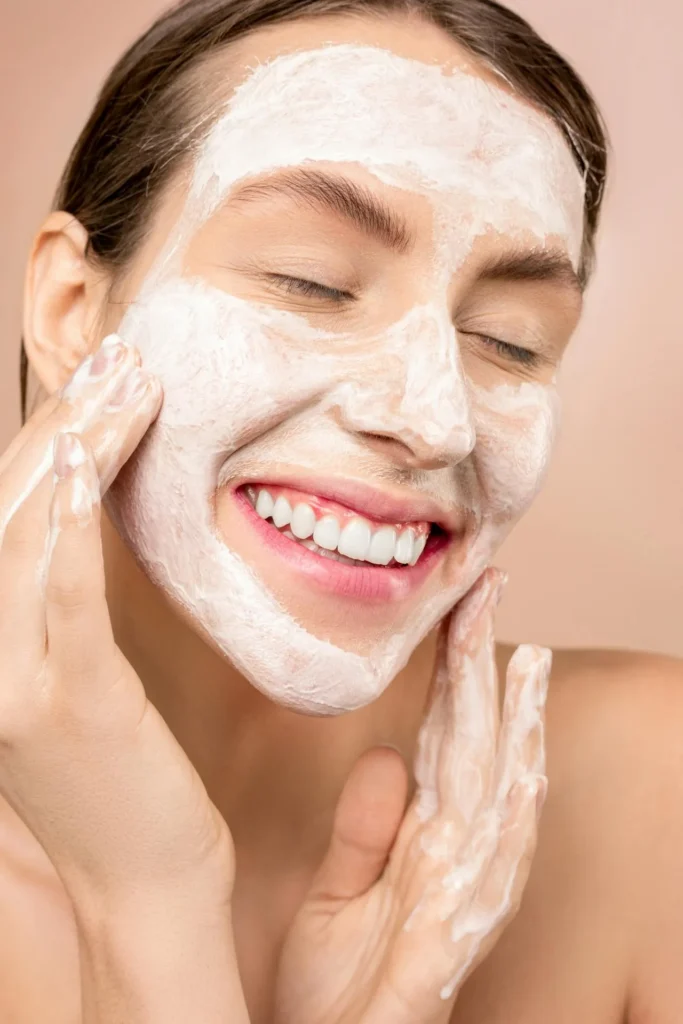
Your hands encounter countless surfaces throughout the day, picking up bacteria, dirt, and oil along the way.
Every time you touch your face, you transfer these impurities directly to your skin. This habit is so automatic that you probably don’t even realize how often you do it.
Think about all the things you touch daily: your phone, keyboard, doorknobs, money, and countless other surfaces.
Each contact adds more bacteria and debris to your hands.
When you then rest your chin in your palm or absentmindedly rub your cheek, you’re essentially inoculating your skin with potential acne-causing bacteria.
The oils from your hands can also clog pores, especially if you tend to touch the same areas repeatedly.
People who frequently lean on their hands often develop breakouts along their jawline and cheeks – areas that correspond exactly to where their hands make contact.
Breaking this habit requires conscious effort and awareness. Try to keep your hands busy with a stress ball or fidget toy if you’re prone to face-touching when nervous or bored.
When you do need to touch your face, wash your hands first or use a clean tissue as a barrier.
Using the Wrong Products for Your Skin Type
Many people choose skincare products based on marketing claims or recommendations from friends rather than their actual skin type and concerns.
This mismatch between products and skin needs often leads to breakouts and frustration. What works wonderfully for your friend might be completely wrong for your skin.
If you have oily skin but use products designed for dry skin, you’ll likely end up with clogged pores and breakouts.
Conversely, if you have dry skin but use harsh, oil-stripping products meant for oily skin, you might trigger your skin to produce more oil in compensation, leading to unexpected breakouts.
Your skin type can also change due to factors like age, hormones, weather, and medications.
Products that worked perfectly for you in the past might suddenly start causing problems.
This is why it’s important to regularly reassess your skin’s needs and adjust your routine accordingly.
Take time to honestly evaluate your skin type. Is it oily, dry, combination, or sensitive? Does it change with the seasons?
Once you understand your skin’s current needs, choose products specifically formulated for those concerns rather than following generic advice or trends.
Skipping Moisturizer
One of the biggest misconceptions in skincare is that moisturizer causes breakouts.
This myth leads many people with acne-prone skin to skip this crucial step, but avoiding moisturizer actually makes breakouts worse.
When your skin lacks proper hydration, it compensates by producing excess oil, which can clog pores and lead to more pimples.
Dehydrated skin also has a compromised barrier function, making it more susceptible to irritation and bacterial invasion.
Without adequate moisture, your skin becomes inflamed and reactive, creating an environment where acne-causing bacteria can thrive.
The key is choosing the right type of moisturizer for your skin. If you’re prone to breakouts, look for lightweight, non-comedogenic formulas that won’t clog pores.
Gel-based moisturizers work well for oily skin, while cream formulas are better for dry or combination skin.
Don’t be afraid to moisturize, even if you have oily skin. Your skin needs moisture to function properly and heal from breakouts effectively.
Proper hydration actually helps regulate oil production and maintains the healthy barrier function that keeps bacteria and irritants out.
Ignoring Your Tools and Accessories
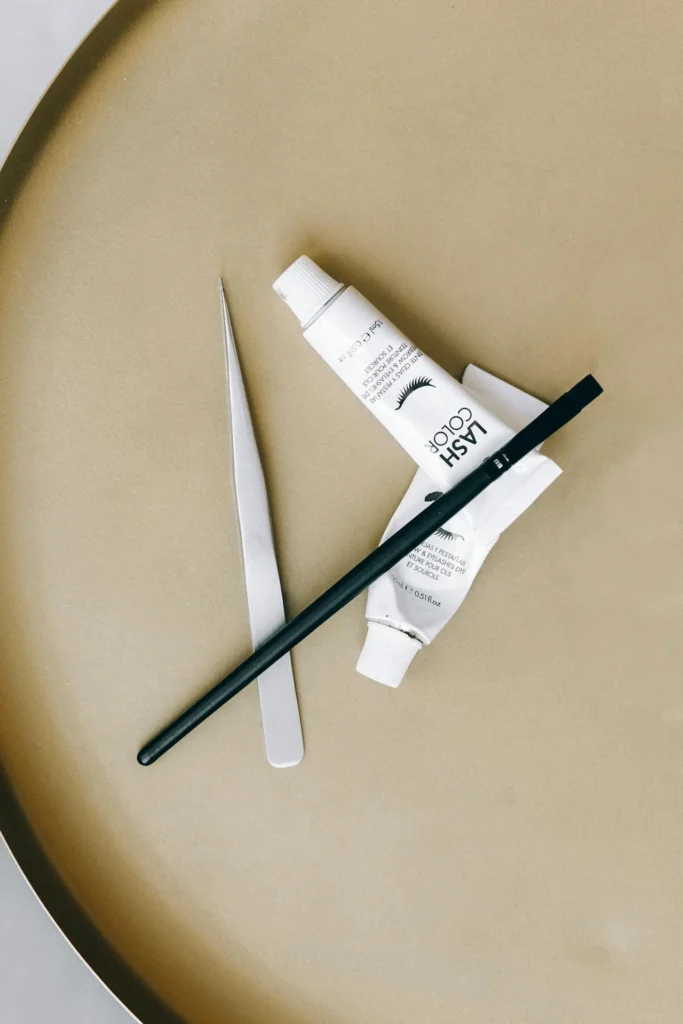
Your makeup brushes, beauty blenders, and other skincare tools can harbor bacteria, dead skin cells, and product buildup that contribute to breakouts.
When you use dirty tools on your face, you’re essentially reintroducing all the impurities you just cleansed away.
Makeup brushes are particularly problematic because they come into direct contact with both your skin and cosmetic products.
Over time, they accumulate bacteria, oils, and product residue that can cause irritation and clogged pores.
Using the same unwashed brush day after day is like repeatedly applying yesterday’s dirt and bacteria to your clean face.
Your pillowcase is another often-overlooked culprit in breakout formation.
You spend six to eight hours each night with your face pressed against this fabric, which absorbs oils, hair products, and skincare residue.
If you don’t wash your pillowcase regularly, you’re essentially sleeping on a breeding ground for bacteria.
Clean your makeup brushes at least once a week with a gentle shampoo or brush cleanser. For tools you use daily, like beauty blenders, clean them after each use.
Change your pillowcase at least twice a week, or consider using a fresh clean towel over your pillow each night.
Picking and Squeezing Pimples
The temptation to squeeze a pimple is almost irresistible, but this habit causes more harm than good.
When you pick at your skin, you introduce bacteria from your fingers directly into the pore, often making the infection worse and prolonging the healing process.
Squeezing also pushes infected material deeper into the skin and can spread bacteria to surrounding areas, leading to more breakouts.
The trauma from picking damages the surrounding tissue and can result in permanent scarring, hyperpigmentation, and enlarged pores.
Your fingers and nails harbor countless bacteria, even when they appear clean. This underground spread often results in larger, more painful cystic breakouts.
The pressure from squeezing can rupture the pore wall beneath the skin’s surface, causing the infection to spread to nearby tissue.
Instead of picking, apply a warm compress to bring the pimple to a head naturally, or use spot treatments containing benzoyl peroxide or salicylic acid.
If you absolutely must extract a pimple, see a professional esthetician or dermatologist who can do so safely and hygienically.
Using Expired or Contaminated Products
Skincare products don’t last forever, and using expired formulations can actually cause the breakouts you’re trying to prevent.
Over time, the active ingredients in your products lose their effectiveness, and the preservatives that prevent bacterial growth break down, creating an environment where harmful bacteria can flourish.
When preservatives fail, bacteria, mold, and yeast can contaminate your products. Products in jars are particularly susceptible to this type of contamination.
Applying these contaminated formulations to your skin introduces harmful microorganisms that can cause irritation, infections, and breakouts.
Some expired products also develop harmful compounds that can damage your skin barrier. Check expiration dates regularly and replace products as needed.
You also contaminate products every time you dip your fingers into jars or touch the applicator to your skin.
This introduces bacteria from your hands and face into the product, creating a cycle of recontamination.
Most skincare products last 12-24 months after opening, but some active ingredients like vitamin C and retinoids have shorter lifespans.
Use a spatula or clean spoon to remove products from jars, and never share skincare products with others.
Being Inconsistent with Your Routine

Skincare requires patience and consistency to see results. Inconsistent product use can also irritate your skin and disrupt its natural balance.
Many people give up on products too quickly or constantly switch routines, never giving their skin time to adjust and improve.
This inconsistent approach often makes breakouts worse and prevents you from identifying what actually works.
Your skin needs time to turn over and renew itself. Switching products every few days or weeks doesn’t give them a fair chance to work.
The typical skin cell cycle takes about 28 days, which means you need to use products consistently for at least a month to see their full effects.
When you constantly introduce new ingredients and then stop using them, you create a state of confusion that can manifest as increased breakouts and sensitivity.
Develop a simple, sustainable routine that you can stick with long-term. Start with basic products and introduce new items gradually.
Give each new addition at least four to six weeks to show results before deciding whether to keep or discontinue it.
Conclusion
Breaking these common skincare mistakes takes awareness and patience, but your skin will thank you with fewer breakouts and improved overall health.
Remember, consistency trumps complexity every time.

